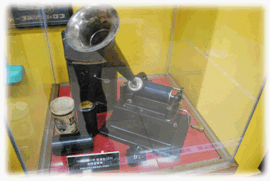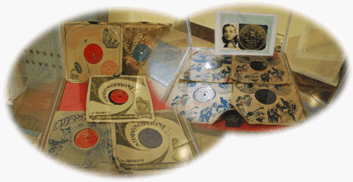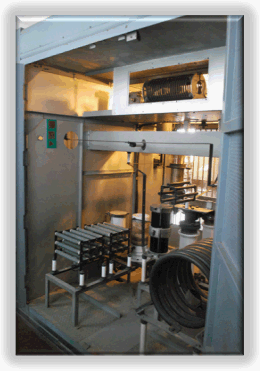![]() Vacuum tube—the soul of transmitter
Vacuum tube—the soul of transmitter
- Categories:
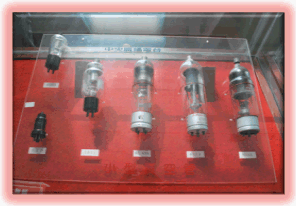
1. Water cooling (they are consumables and can keep working approximately 4000 to 5000 hours)
2. Wind cooling (aluminum foil added as a radiator)
3. Steam cooling
- Structure:
Glass wrapped, with enameled wires in it. Most of them in the rectifier tube are replaced by refitted high-voltage diode at present.
- Functions:
It is used as a rectifier tube in a transmitter to stabilize the electricity and magnify the sound. The sound that comes out from vacuum tube is softer and more harmonious.
- Development::
Vacuum Tube → Integrated Transistor →IC
![]() From wax tube to gramophone disc
From wax tube to gramophone disc
![]() Matrix control
Matrix control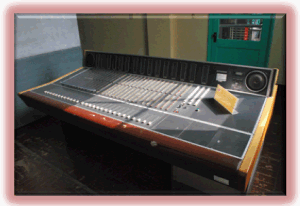
It provides radio stations the input and output control of programs. Workers switch the controller to send the program to radio stations. ![]()

![]() Magnetic insulator
Magnetic insulator
The function of insulation can avoid too much electric current stream in all at once. It is often seen on antennas, towers, and machinery.
![]()
![]() Short wave transmitter
Short wave transmitter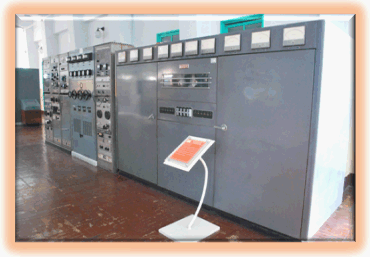
It changes the frequency actively to broadcast programs. Short wave communication facilities are simple, active, and of low prices. It can use less power to give long-distance communication.
![]()
![]() Medium wave transmitter
Medium wave transmitter
Its merits are easy receiving, wide covering, and efficiency. ![]()
![]() Large water cooling system (heat converter)
Large water cooling system (heat converter)
The cooling system and the transmitter is a unit. Because of the lack of tap water and the convenience of pumping groundwater in the early age, groundwater is used to cool transmitters and other components. However, it is easy to conduct electricity. Therefore it should first be turned to distilled water, then pumped into the transmitter. In this way, the machine won’t be too hot to work.
![]()
![]() Vacuum tube radio
Vacuum tube radio
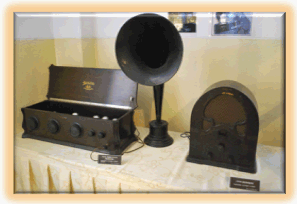
The case looks like a soap box. Some of them play sound via additional audio. ![]()
![]() Five-tube superheterodyne radio
Five-tube superheterodyne radio
(vacuum tube radio)
That is, a traditional radio having five vacuum tubes.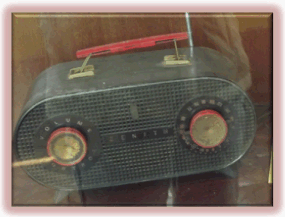
- Superheterohyne:
The process of changing signals. It’s also the operating procedure of radios getting signals.
1.Purpose: to improve the performance of military radio during WWI
2.Process: change the radio signals into intermediate frequency signals
3. Effect: make the signals and the sound more stable and clearer.
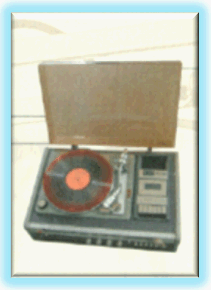
![]() Record player
Record player
The machine is improved according to the principle of phonograph, with electricity as the power to drive the turntable, making the pickup read the signals of CDs to make sound. ![]()
![]() Ceramic pipe bumper
Ceramic pipe bumper
● Structure: It’s composed of curve ceramic pipe.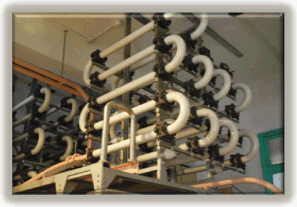
● Purpose:
Keep the water from flowing into the transmitter. ![]()
![]() Control table
Control table
A non-stop transmitter, undoubtedly, needs engineers 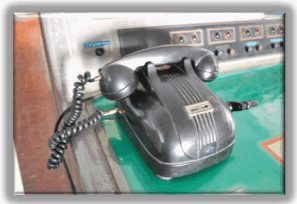 to monitor all day to deal with occasional accidents. The guards have to take off their shoes to prevent the machine being contaminated by dirt. Engineers on duty need to control the panel, operate the program on the air, and also have to bear the high temperature in the studio.
to monitor all day to deal with occasional accidents. The guards have to take off their shoes to prevent the machine being contaminated by dirt. Engineers on duty need to control the panel, operate the program on the air, and also have to bear the high temperature in the studio. ![]()
![]() Broadcasting scripts
Broadcasting scripts
Broadcasters in the 50s, unlike the hosts nowadays, 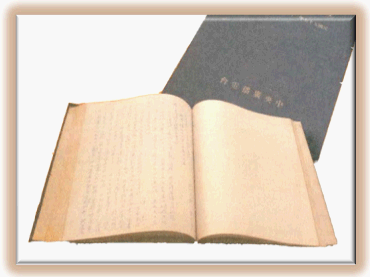 couldn’t broadcast or say whatever they like. What they broadcast was often written beforehand.
couldn’t broadcast or say whatever they like. What they broadcast was often written beforehand. ![]()
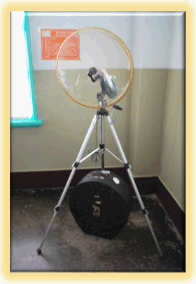
![]() Microphone set
Microphone set
This kind of microphone can receive sounds from all sides, and is often used on large-sized entertainment shows, National Day ceremonies and other events. ![]()
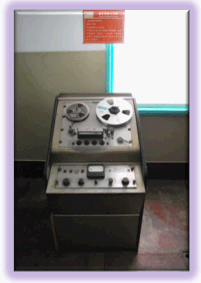
![]() Disc recording set
Disc recording set
Program hosts in the early age could operate several sets of disks. For instance, four sets will be used as recording, playing music, background music, and various special effects when making broadcasting dramas. ![]()
![]() Talking machine
Talking machine
The design, a turntable plus a tone arm, was designed 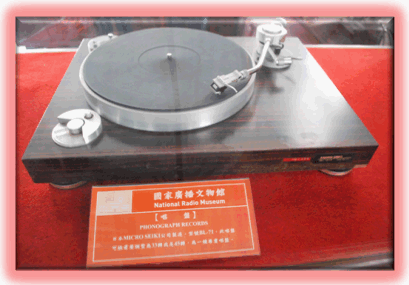 by Thomas Alva Edison. Antique talking machines of early stages need neither alternating current nor batteries. Mainly made of aluminum, it’s composed of a turntable and a main motor. Inside the turntable are black magnetic bars. They are used to sense speed. Above it is a tone arm. There’s a needle case with needle inside. It reads complicated music signals through simple vibration of the needle.
by Thomas Alva Edison. Antique talking machines of early stages need neither alternating current nor batteries. Mainly made of aluminum, it’s composed of a turntable and a main motor. Inside the turntable are black magnetic bars. They are used to sense speed. Above it is a tone arm. There’s a needle case with needle inside. It reads complicated music signals through simple vibration of the needle. ![]()
![]() Portab
Portab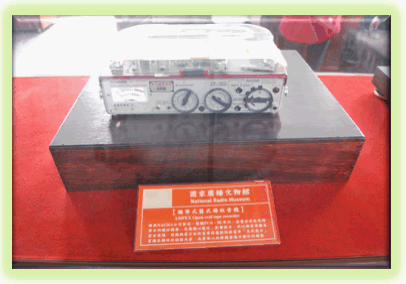
In the 50s, radio stations used it as a spare set in liveshows in case programs might be stopped due to occasional accidents. ![]()
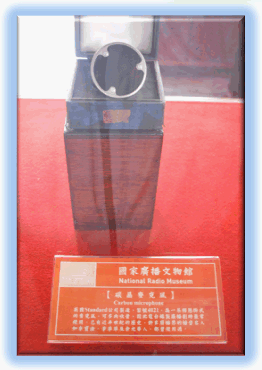
![]() Carbon microphone
Carbon microphone
It can record various sounds at the same time, so it is often used at recording broadcasting dramas. ![]()

